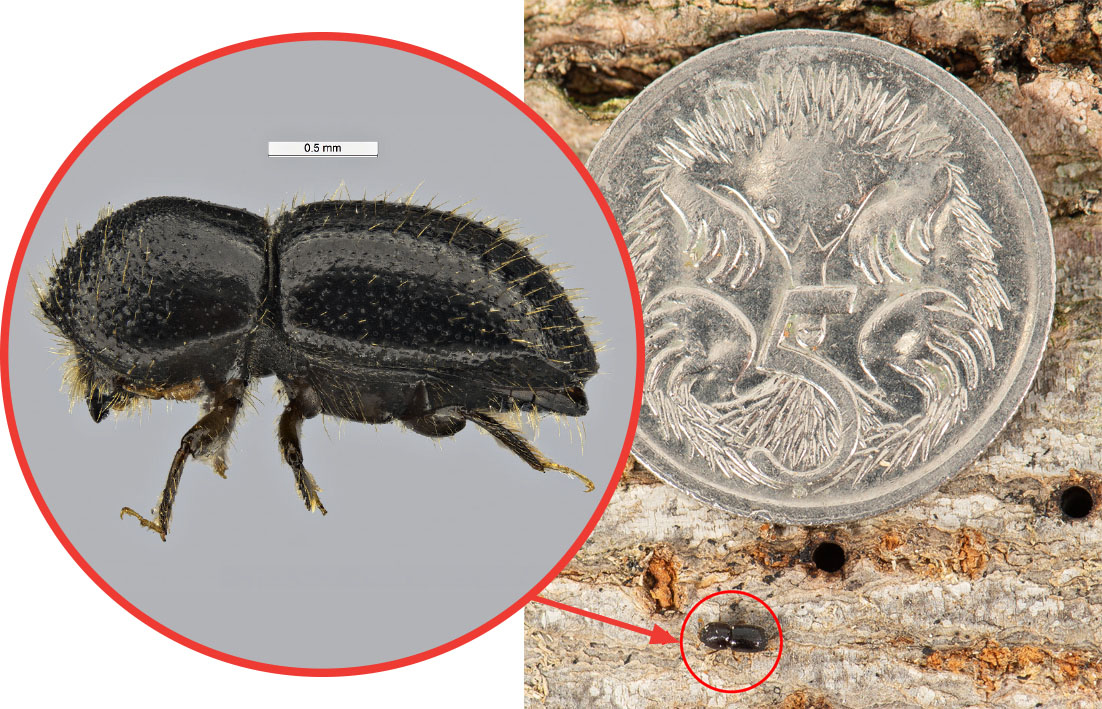
THE boundaries of the polyphagous shot-hole borer quarantine area are under review after the pest was found outside the quarantine area including in Ellenbrook and Kalamunda.
On August 21 the Department of Primary Industries and Regional Development (DPIRD) said it expected to have the results of the review by the following week.
Polyphagous shot-hole borer (PSHB) has been detected on eight properties in the City of Swan – Guildford, Woodbridge, Caversham, Beechboro, Kiara and Ellenbrook.
In February DPIRD confirmed the shot-hole borer had been found in a small number of coral trees in Guildford and Woodbridge and was working with the City of Swan to ensure detections of PSHB were responded to quickly and efficiently.
This week a DPIRD spokeswoman said the department understands how important trees were to the community.
“Unfortunately tree pruning and removal of infested trees is currently the only way to stop the spread,’’ she said.
To date in the City of Swan DPIRD has removed 20 trees and pruned an additional four.
In the City of Kalamunda Forrestfield, Wattle Grove, High Wycombe and Perth Airport are in the quarantine zone.
DPIRD said it is also working closely with the City of Kalamunda with PSHB detected on two properties in the city.
“DPIRD has removed four trees and pruned one tree.”
On August 14 DPIRD said PSHB had not been detected in Mundaring, Northam, York or Toodyay, all of which were outside of the current quarantine area.
“DPIRD has inspected nearly 9000 host trees across the shires of Mundaring, Northam, York and Toodyay, and traps are deployed in the areas as part of the ongoing surveillance program.’’
Recently the Sunday Times quoted Murdoch University environmental scientist Jane Chambers as saying the pest affected exotic trees by preference but would also attack native trees such as marri and red-flowering gums.
The DPIRD spokeswoman said PSHB had been detected in marri and red-flowering gums.
“(But) West Australian native trees do not appear to be preferred hosts for PSHB,’’ she said.
“Native trees tend to only become infested when surrounded by heavily infested introduced host trees such as box elder maple, coral and robinia trees.